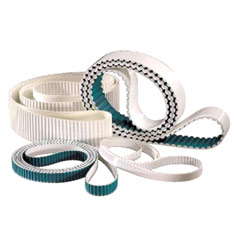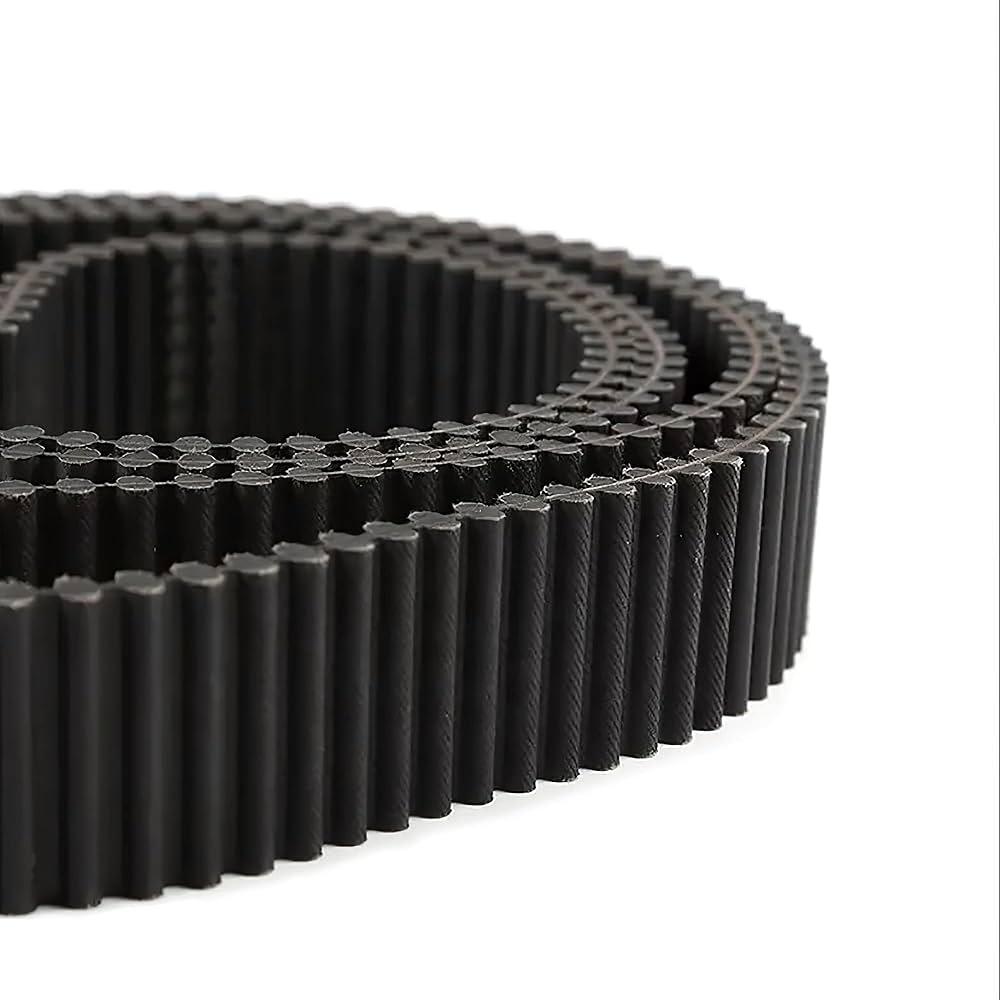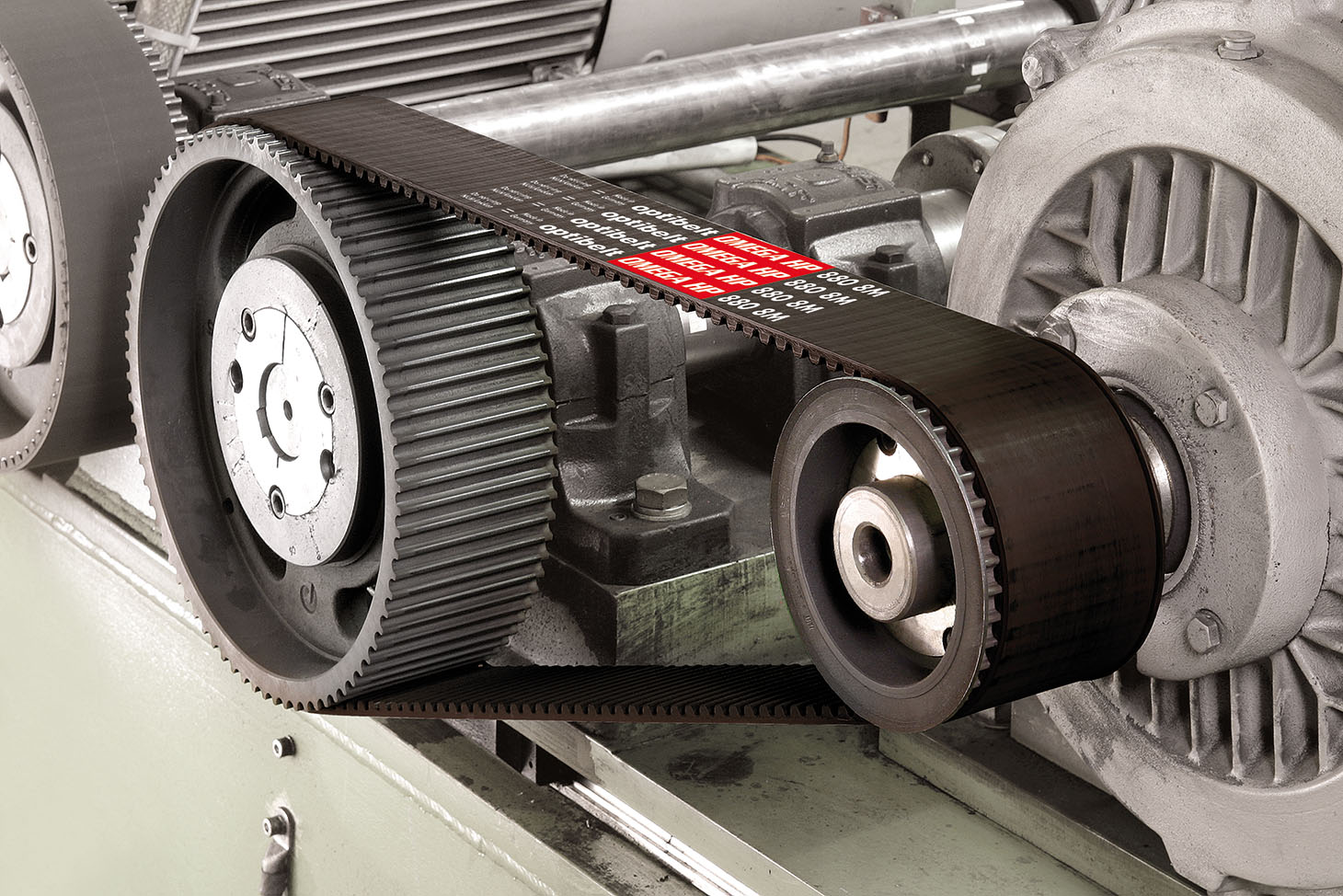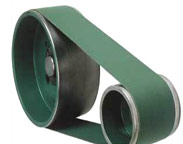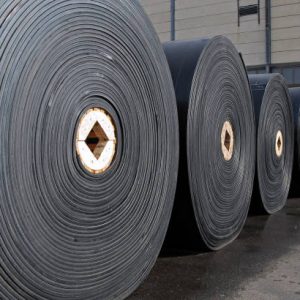Description
Timing Belts
Introduction
The article will look at timing belt topics such as:
Timing Belts Design and Function
Types of Timing Belts and Their Failure
Applications and Advantages of Timing Belts
And Much More…
Chapter 1: Timing Belts Design and Function
This chapter will discuss what timing belts are, their design, and function.
What are Timing Belts?
A timing belt is made of rubber with hard teeth capable of interlocking with camshafts and crankshafts cogwheels. It is an integral component of an internal combustion engine responsible for synchronizing the rotation of the camshaft and the crankshaft. It enables the proper opening and closing of the valves of the engine during both the intake and exhaust strokes of each cylinder.
There is always a different mold available for each different belt length since there must be the exact number of teeth in the mold as there are on the finished belt. This is done to produce a finished, continuous belt that has no beginning or end. A mold can produce a sleeve that has a width of 18 to 36 inches having the number of teeth that is desired. The sleeve is accurately trimmed into the desired belt widths by special slitting tools. Food processing belts are made from urethane, when FDA requirements must be met. With urethane, any particles are less likely to be seen because urethane can be colored or left in a clear natural state. This is a different case with black neoprene belts.
The standard material for timing belts is neoprene because it exhibits good wear characteristics and from the mold, it accurately holds the tooth profile. To reduce wear, neoprene belts have a facing that is made from nylon fabric. To meet special requirements for low dust or particle applications like office copiers, clean rooms or medical, engineered polymers are used. To generate less dust than neoprene, an EPDM polymer is used as a core with all tooth wear surfaces over coated with nylon. This also ensures the accurate holding of tooth profile for many hours of use compared to urethane or neoprene belts.
